Schools of Anthias are one of the most vibrant sights on a coral reef and are highly desired in the marine aquarium....

Global Fish Trade: Trends and Challenges in 2024
Current Trends in the Global Fish Trade
The global fish trade industry is experiencing a remarkable surge in recent years. With the growing demand for tropical fish and aquarium supplies, the market has become increasingly dynamic and complex. One of the primary drivers of this trend is the rising popularity of home aquariums and the growing interest in exotic fish species among hobbyists and enthusiasts.
As the world becomes more interconnected, the accessibility of these specialized products has improved significantly. Online marketplaces and e-commerce platforms have revolutionized the way consumers purchase fish and aquarium supplies, making it easier than ever to acquire rare and unique specimens from around the globe. This trend has led to a surge in cross-border trade, with buyers and sellers connecting across continents to satisfy the insatiable demand.
Another notable trend in the global fish trade is the increasing focus on sustainability and environmental conservation. Consumers are becoming more conscious of the impact of the trade on marine ecosystems, and they are demanding more transparency and accountability from suppliers. This shift has prompted industry players to adopt more sustainable practices, such as responsible sourcing, ethical breeding programs, and the implementation of eco-friendly transportation and packaging solutions.
Challenges Faced by the Global Fish Trade
While the global fish trade industry is thriving, it also faces a host of challenges that must be addressed to ensure its long-term viability. One of the most pressing issues is the impact of climate change on fish populations and their habitats. Rising temperatures, ocean acidification, and changing weather patterns are disrupting the delicate balance of marine ecosystems, leading to the depletion of certain fish species and the emergence of new threats to their survival.
Additionally, the global supply chain in the fish trade industry is highly complex and vulnerable to disruptions. From sourcing and transportation to customs clearance and distribution, each step in the process presents its own set of obstacles. Logistical challenges, such as delays, unexpected delays, and regulatory hurdles, can significantly impact the timeliness and reliability of deliveries, ultimately affecting the profitability and customer satisfaction of businesses operating in this sector.
Another challenge facing the global fish trade is the increasing scrutiny and regulation of the industry. Governments and international organizations are implementing stricter policies and guidelines to ensure the ethical and sustainable practices of businesses involved in the trade. Compliance with these regulations can be a significant burden for smaller players, who may struggle to keep up with the constantly evolving legal landscape. Failure to adhere to these standards can result in hefty fines, trade restrictions, and reputational damage, making it crucial for businesses to stay informed and proactive in their approach.
Environmental Impact of the Global Fish Trade
The global fish trade industry has a significant impact on the environment, and addressing these concerns is crucial for the long-term sustainability of the sector. One of the primary environmental challenges is the depletion of wild fish populations due to overfishing and unsustainable harvesting practices. The demand for rare and exotic fish species has put immense pressure on delicate marine ecosystems, leading to the decline of certain species and the disruption of the natural balance.
Furthermore, the transportation and logistics involved in the global fish trade contribute to the industry's environmental footprint. The use of air freight and other energy-intensive modes of transportation can result in significant greenhouse gas emissions, contributing to climate change and air pollution. Additionally, the packaging and handling of fish and aquarium supplies can generate substantial waste, which must be properly disposed of or recycled to minimize the environmental impact.
Addressing these environmental concerns requires a multifaceted approach that involves collaboration between industry players, policymakers, and conservation organizations. Initiatives such as sustainable sourcing practices, the development of eco-friendly transportation solutions, and the implementation of circular economy principles can help mitigate the industry's environmental impact. By prioritizing sustainability and environmental stewardship, businesses in the global fish trade can position themselves as responsible and forward-thinking players in the market, appealing to increasingly conscious consumers.
Regulations and Certifications in the Global Fish Trade
As the global fish trade industry continues to grow, the regulatory landscape has become increasingly complex, with governments and international organizations implementing stricter policies and guidelines to ensure the ethical and sustainable practices of businesses involved in the trade. Compliance with these regulations is crucial, as failure to adhere to the standards can result in hefty fines, trade restrictions, and reputational damage.
One of the key regulatory frameworks governing the global fish trade is the Convention on International Trade in Endangered Species of Wild Fauna and Flora (CITES). This international agreement aims to regulate the cross-border trade of wildlife species, including certain fish and aquarium species, to prevent their overexploitation and ensure their long-term survival. Businesses operating in the global fish trade must familiarize themselves with CITES requirements and obtain the necessary permits and documentation to engage in the trade of protected species.
In addition to CITES, various national and regional regulations also impact the global fish trade. For example, the European Union has implemented the EU Wildlife Trade Regulations, which impose strict controls on the import, export, and re-export of certain fish and aquarium species. Similarly, countries like the United States, Australia, and Japan have their own sets of regulations and licensing requirements for businesses involved in the trade of aquatic species. Staying up-to-date with these evolving regulations is crucial for businesses to maintain their compliance and avoid potential legal and financial consequences.
Sustainable Practices in the Global Fish Trade
As the global fish trade industry grapples with environmental concerns, the adoption of sustainable practices has become increasingly important. Businesses in this sector are recognizing the need to prioritize environmental stewardship and implement strategies that minimize their impact on marine ecosystems.
One of the key sustainable practices in the global fish trade is responsible sourcing. This involves ensuring that the fish and aquarium supplies are obtained from ethical and environmentally-conscious suppliers who adhere to strict sustainability guidelines. This may include the use of sustainable breeding programs, the avoidance of wild-caught species, and the implementation of traceability systems to ensure the transparency of the supply chain.
Another sustainable practice in the global fish trade is the development of eco-friendly transportation and logistics solutions. Businesses are exploring the use of more energy-efficient modes of transportation, such as sea freight and rail, to reduce their carbon footprint. Additionally, the use of sustainable packaging materials and the implementation of circular economy principles can help minimize waste and promote the responsible disposal or recycling of aquarium supplies.
By embracing sustainable practices, businesses in the global fish trade can not only reduce their environmental impact but also appeal to the growing number of conscious consumers who are increasingly concerned about the ethical and sustainable sourcing of the products they purchase. This shift towards sustainability can also lead to long-term cost savings and competitive advantages, as businesses position themselves as responsible and forward-thinking players in the industry.
The Role of Technology in the Global Fish Trade
Technology has played a pivotal role in shaping the global fish trade industry, and its influence is only expected to grow in the coming years. From online marketplaces and e-commerce platforms to advanced logistics and supply chain management tools, technology has transformed the way businesses in this sector operate and interact with their customers.
One of the most significant technological advancements in the global fish trade is the rise of online marketplaces and e-commerce platforms. These digital platforms have revolutionized the way consumers purchase fish and aquarium supplies, making it easier than ever to access a wide range of products from around the world. By leveraging the power of the internet, businesses can reach a global customer base, streamline their sales and distribution processes, and provide a more convenient and personalized shopping experience for their customers.
In addition to e-commerce, technology has also played a crucial role in improving the efficiency and sustainability of the global fish trade's supply chain. Advanced logistics and transportation management systems, for instance, can help businesses optimize their delivery routes, reduce fuel consumption, and minimize the environmental impact of their operations. Similarly, the use of blockchain technology can enhance the traceability of the supply chain, ensuring the transparency and accountability of the sourcing and distribution processes.
As the global fish trade industry continues to evolve, the role of technology will only become more prominent. Businesses that embrace technological innovations and stay ahead of the curve will be better positioned to navigate the complexities of the market, meet the changing demands of consumers, and contribute to the overall sustainability of the industry. By leveraging technology, businesses can streamline their operations, improve their competitiveness, and position themselves as leaders in the global fish trade landscape.
Opportunities and Growth Prospects in the Global Fish Trade
Despite the challenges faced by the global fish trade industry, there are numerous opportunities and growth prospects that businesses can capitalize on to drive their success. One of the most promising areas is the growing demand for exotic and rare fish species, particularly among hobbyists and aquarium enthusiasts. As the popularity of home aquariums continues to rise, businesses that can source and supply unique and hard-to-find fish species can tap into a lucrative market segment.
Another area of growth in the global fish trade is the increasing focus on sustainability and environmental conservation. As consumers become more conscious of the impact of the industry on marine ecosystems, businesses that can offer eco-friendly and ethically sourced products are likely to gain a competitive advantage. This presents opportunities for businesses to develop sustainable breeding programs, implement responsible sourcing practices, and invest in innovative transportation and packaging solutions that minimize their environmental footprint.
The global expansion of the fish trade industry also presents significant growth prospects for businesses. As emerging markets in Asia, Africa, and Latin America continue to develop, the demand for tropical fish and aquarium supplies is expected to rise, creating new opportunities for businesses to expand their reach and tap into these untapped markets. By leveraging their expertise, establishing strategic partnerships, and adapting their products and services to local preferences, businesses can capitalize on the global growth of the fish trade industry.
Conclusion: The Future of the Global Fish Trade
As the global fish trade industry continues to evolve, the future of this dynamic market holds both challenges and opportunities. The impact of climate change, the growing emphasis on sustainability, and the ever-changing regulatory landscape will undoubtedly shape the industry's trajectory in the years to come.
However, the increasing demand for tropical fish and aquarium supplies, coupled with the rise of technological advancements, presents significant growth prospects for businesses that are willing to adapt and innovate. By embracing sustainable practices, leveraging the power of e-commerce and logistics technologies, and navigating the complex regulatory environment, businesses in the global fish trade can position themselves as leaders in this rapidly expanding market.
The future of the global fish trade will be defined by the industry's ability to balance the demands of consumers with the need to protect the environment and ensure the long-term sustainability of marine ecosystems. Through collaboration, innovation, and a steadfast commitment to responsible practices, the businesses operating in this sector can play a crucial role in shaping the future of the global fish trade and contributing to the overall wellbeing of our planet. As we look ahead, the challenges and opportunities presented by this dynamic industry will continue to evolve, and those who are willing to adapt and lead the way will undoubtedly reap the rewards.

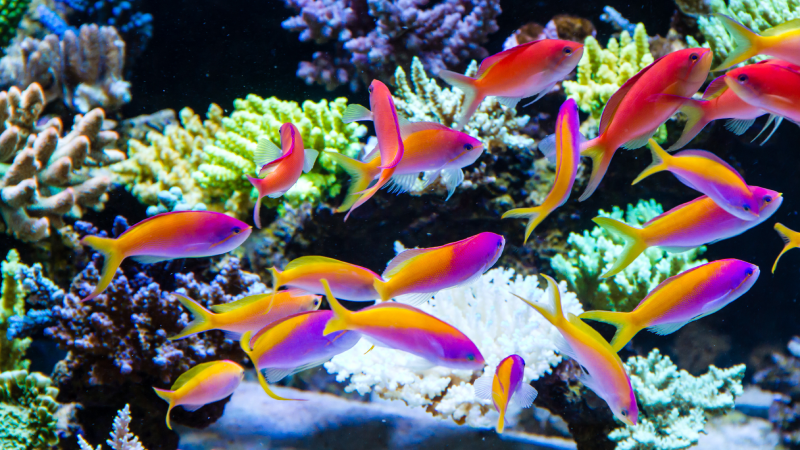

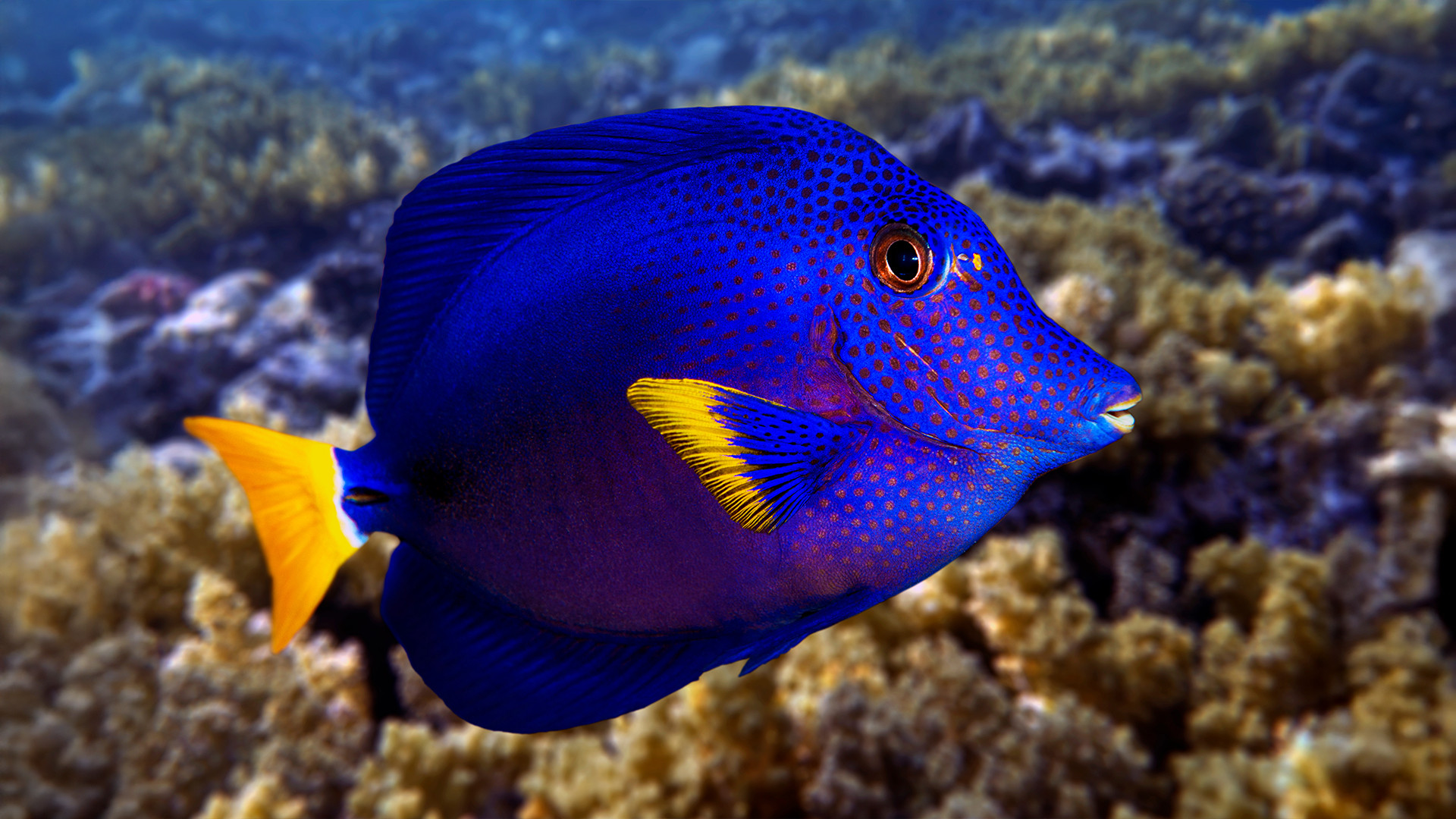

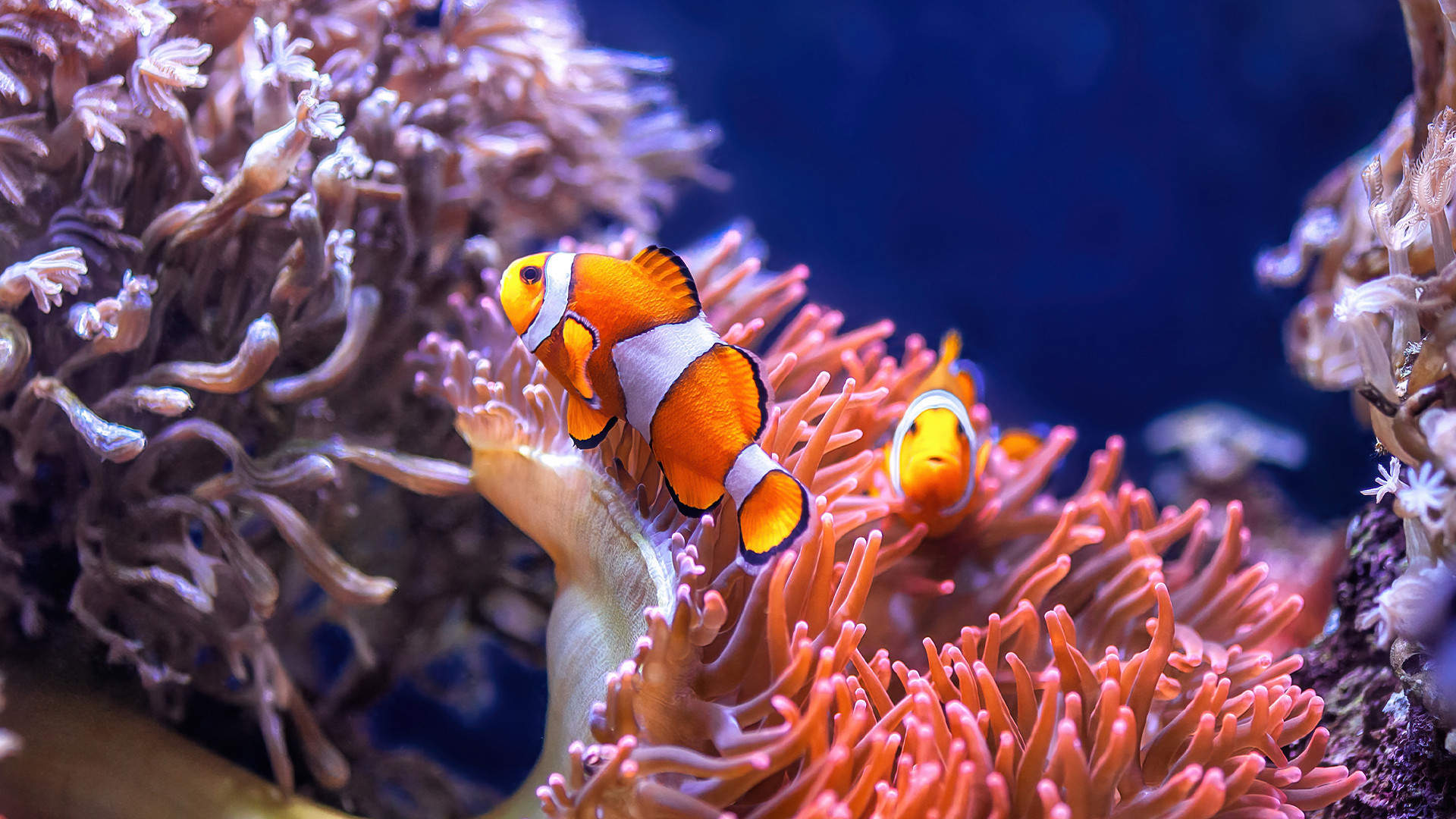



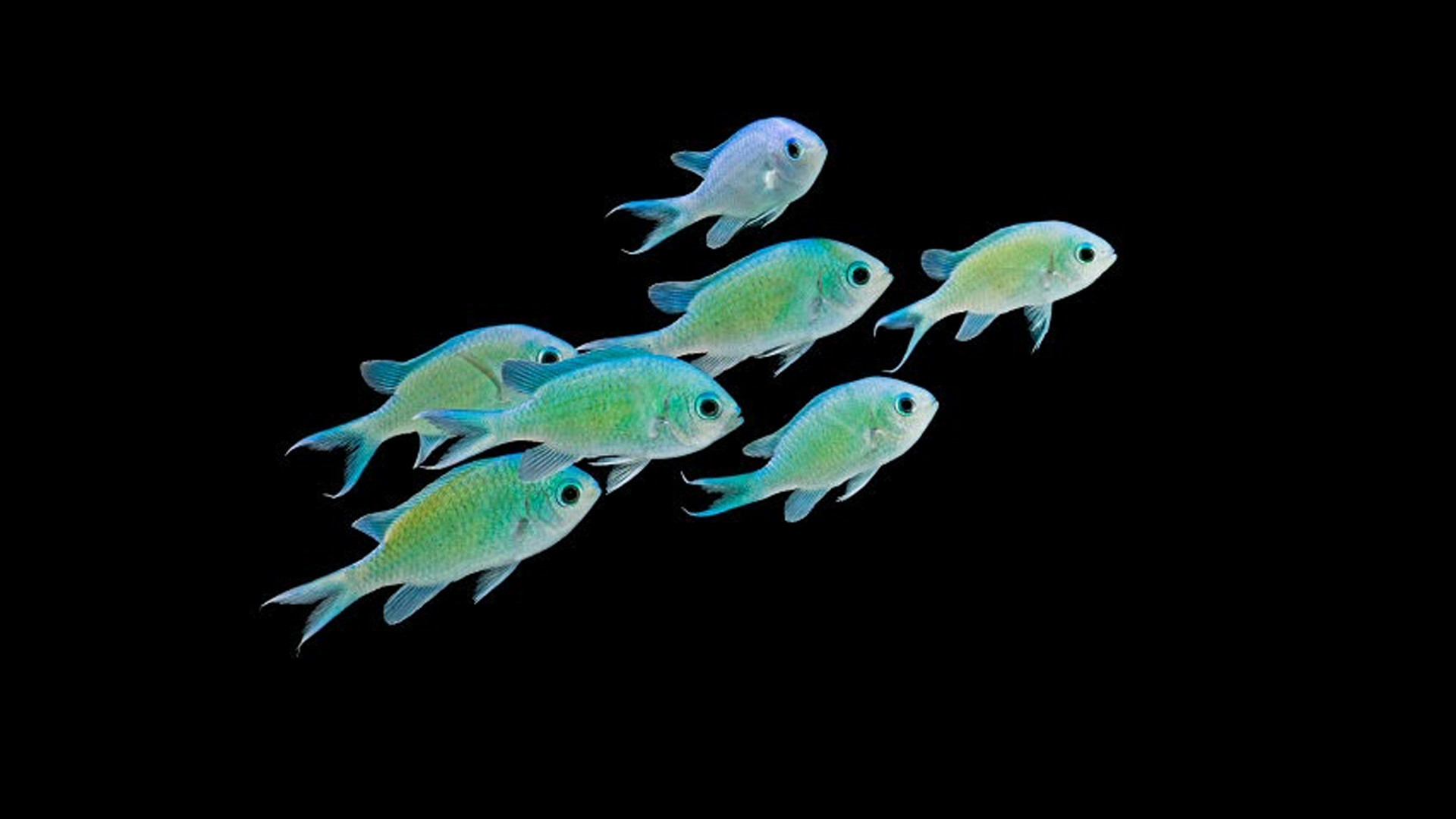
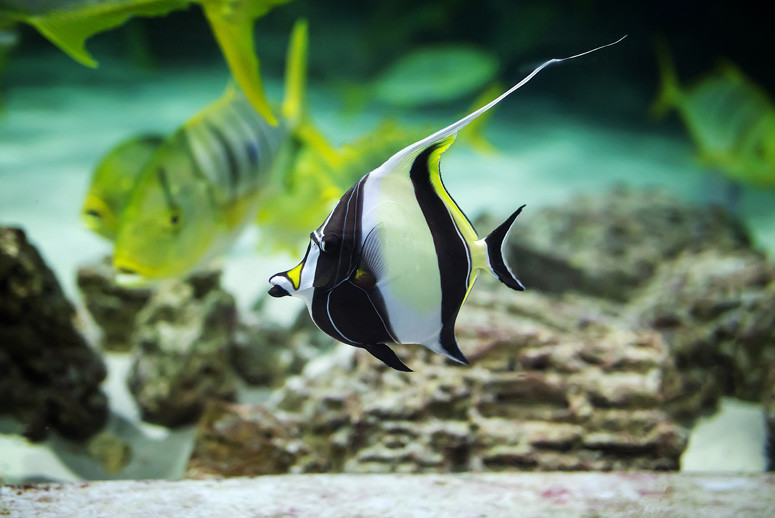
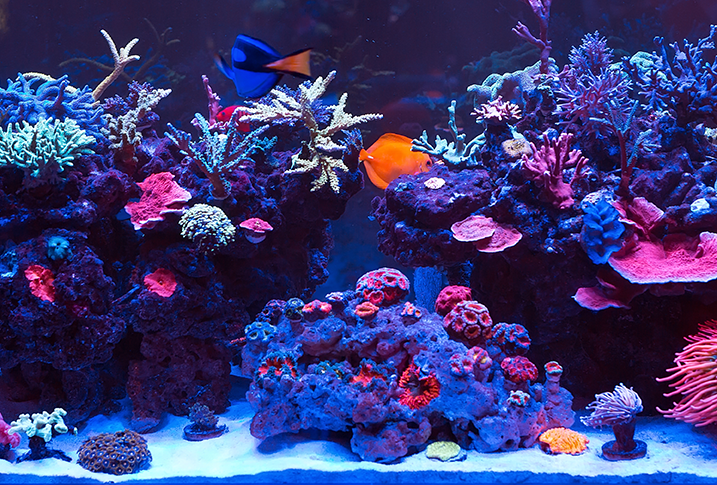
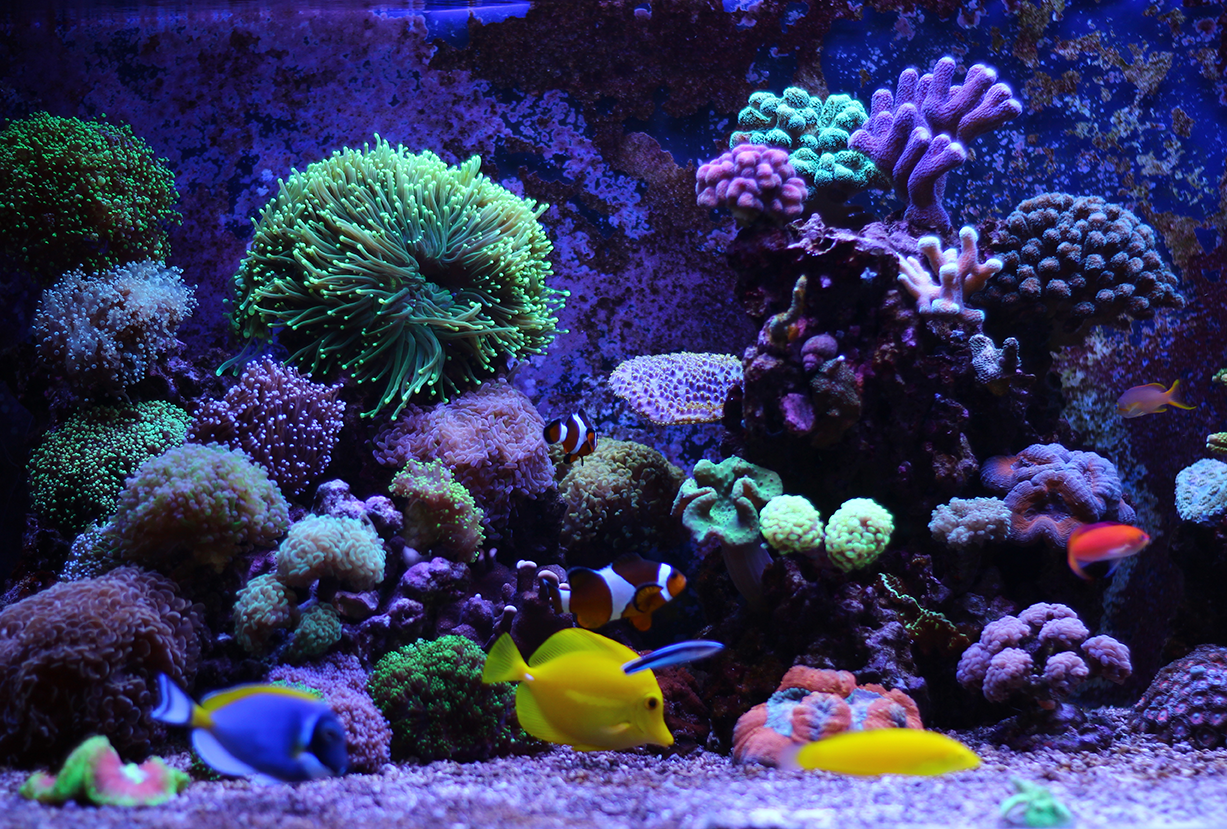



Leave a comment